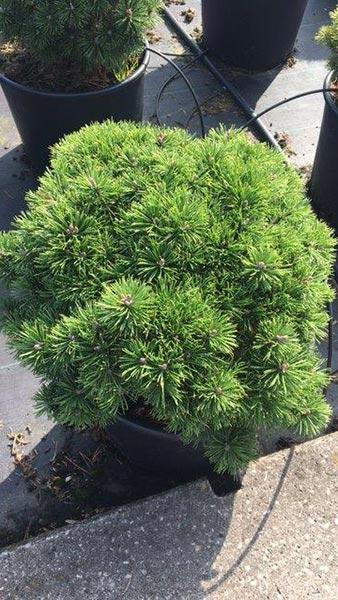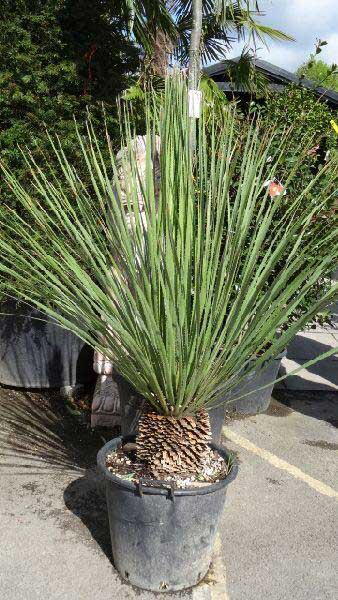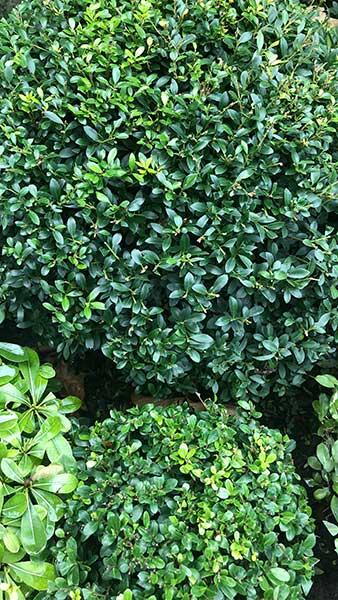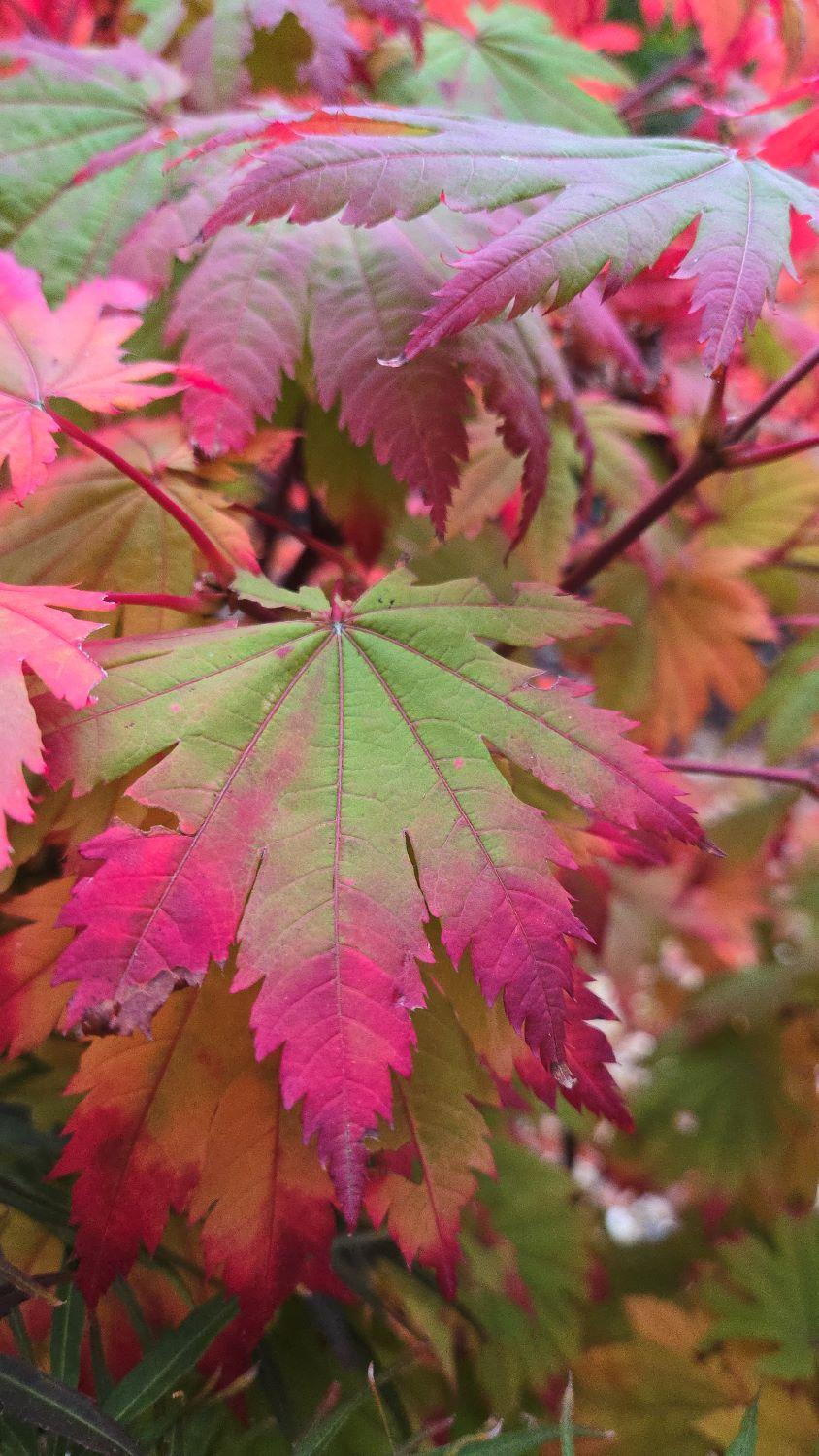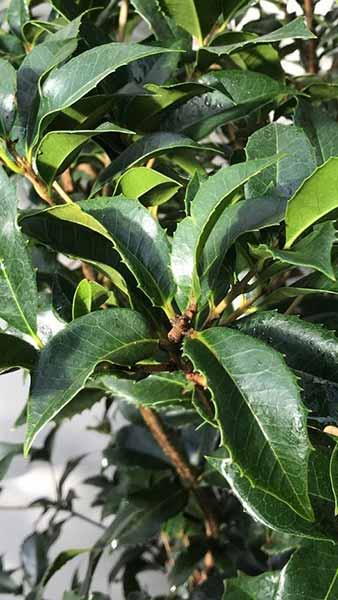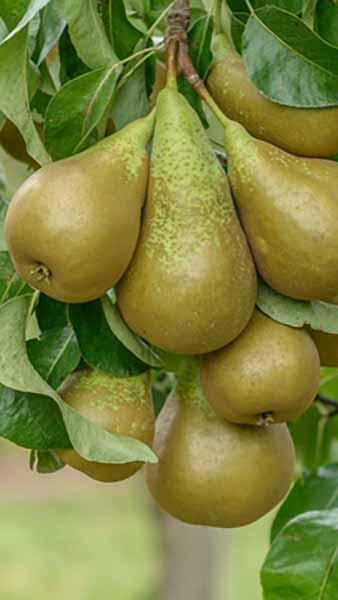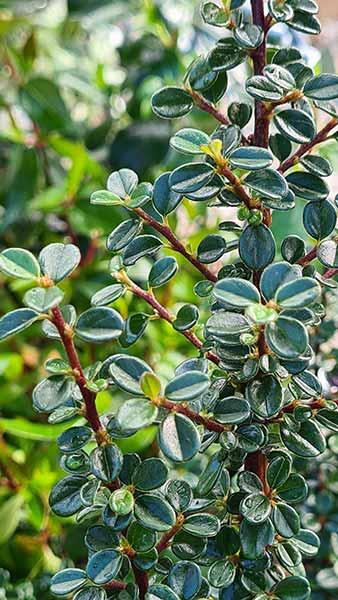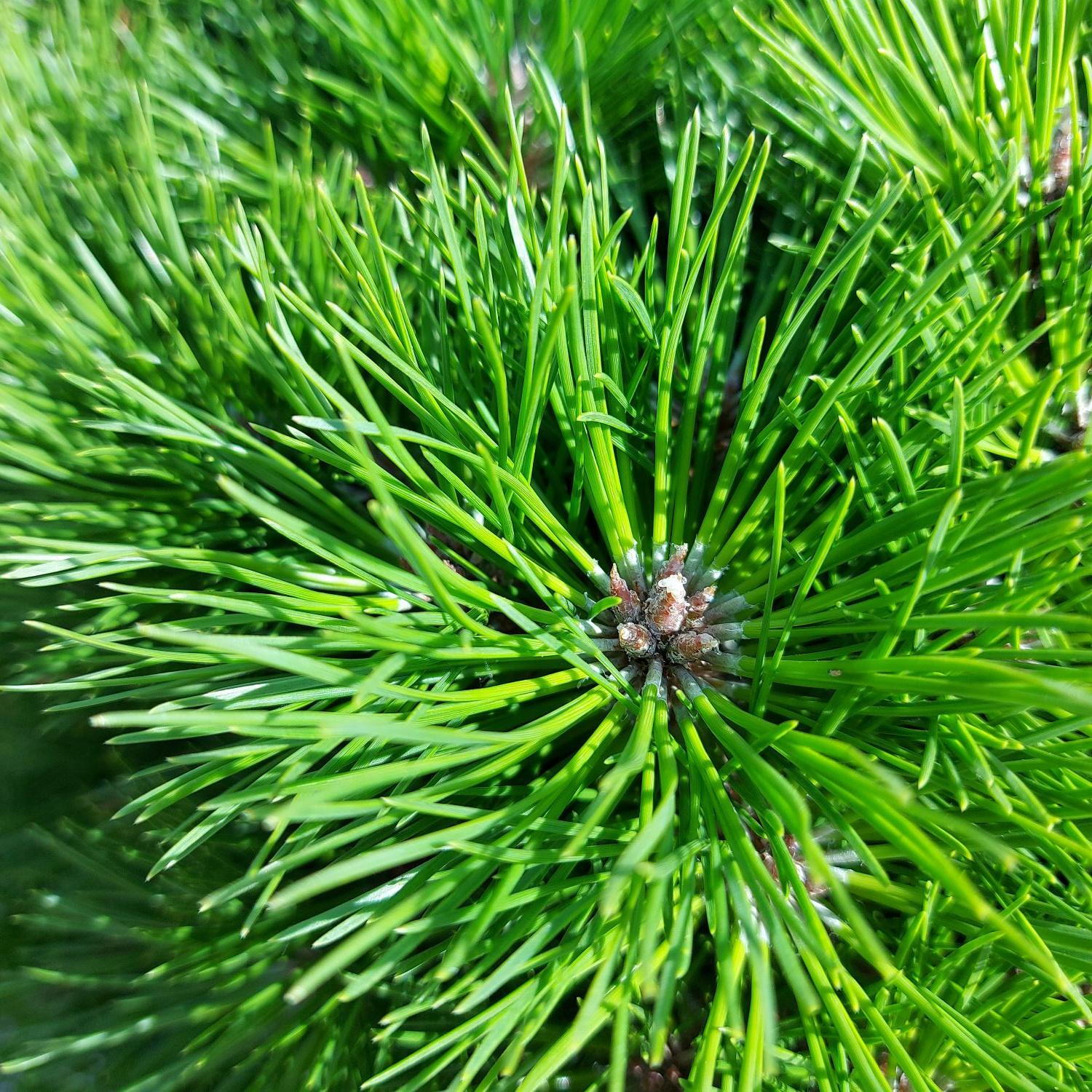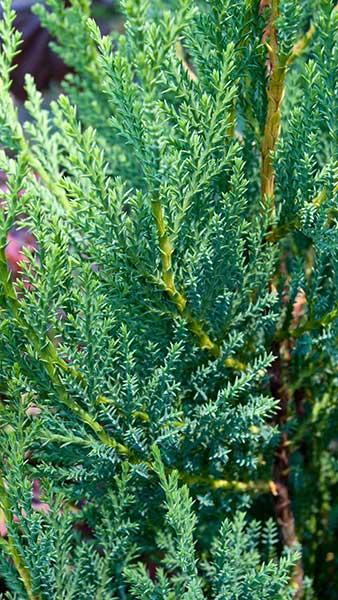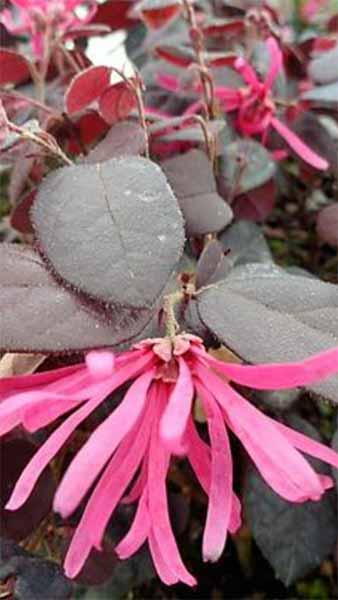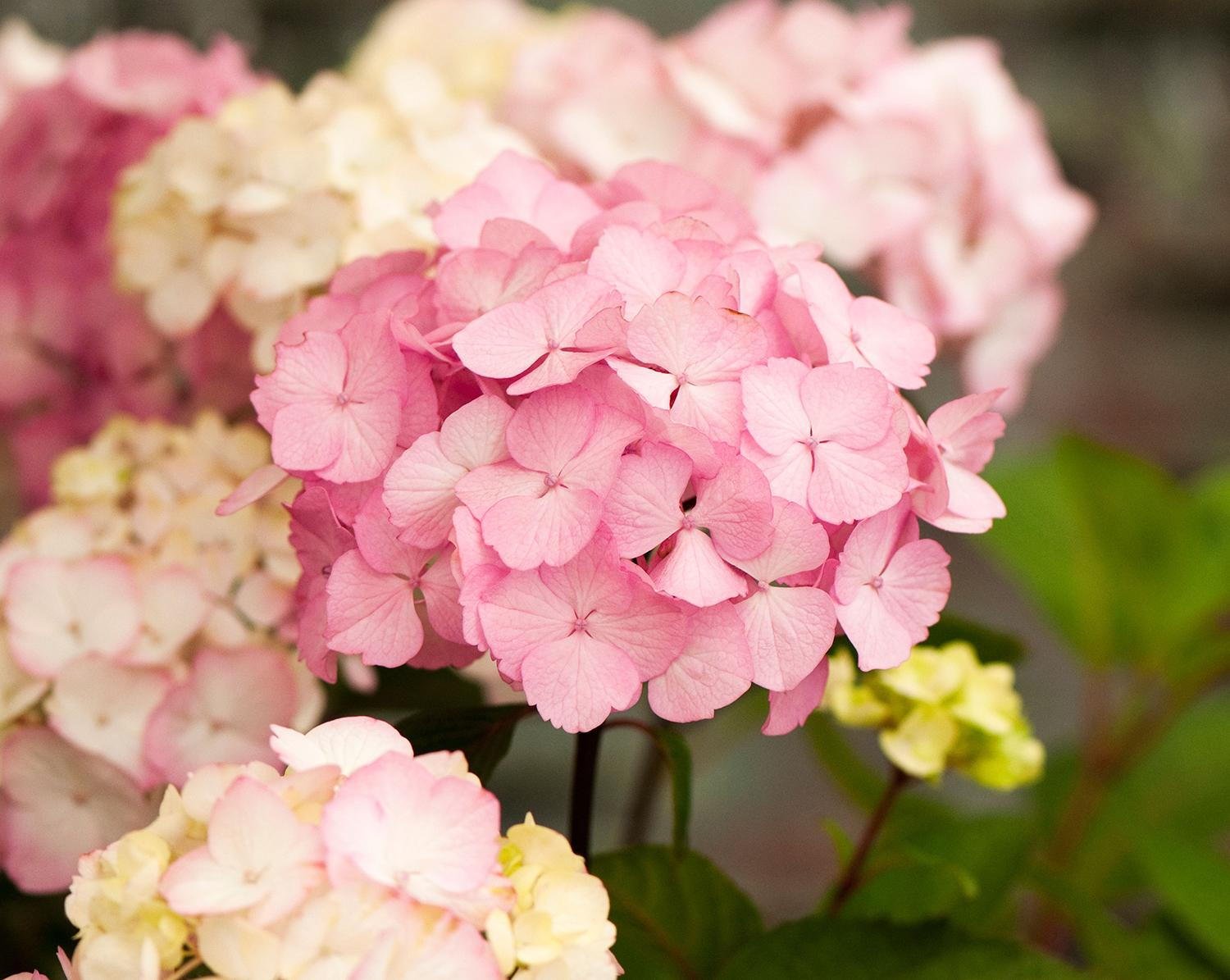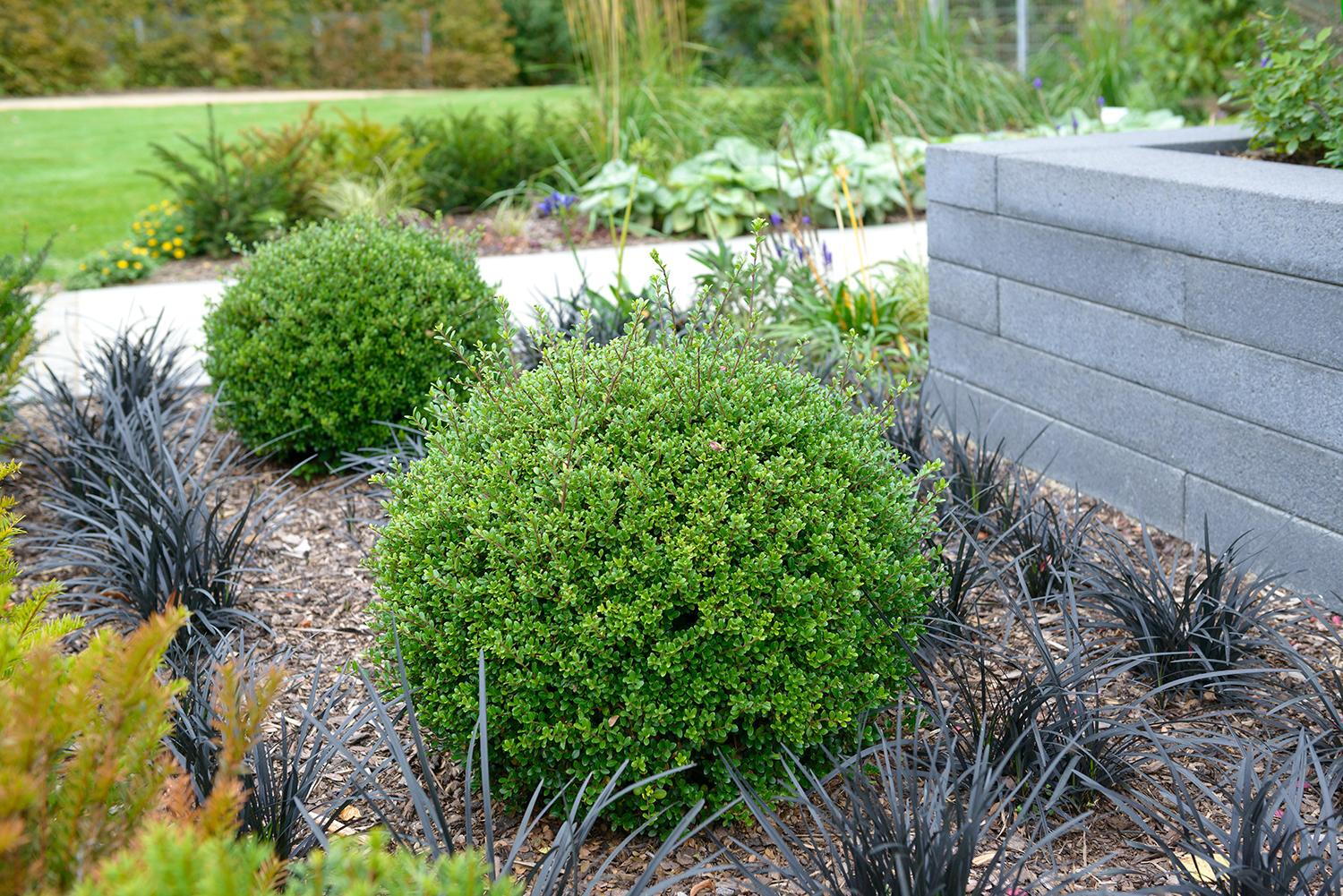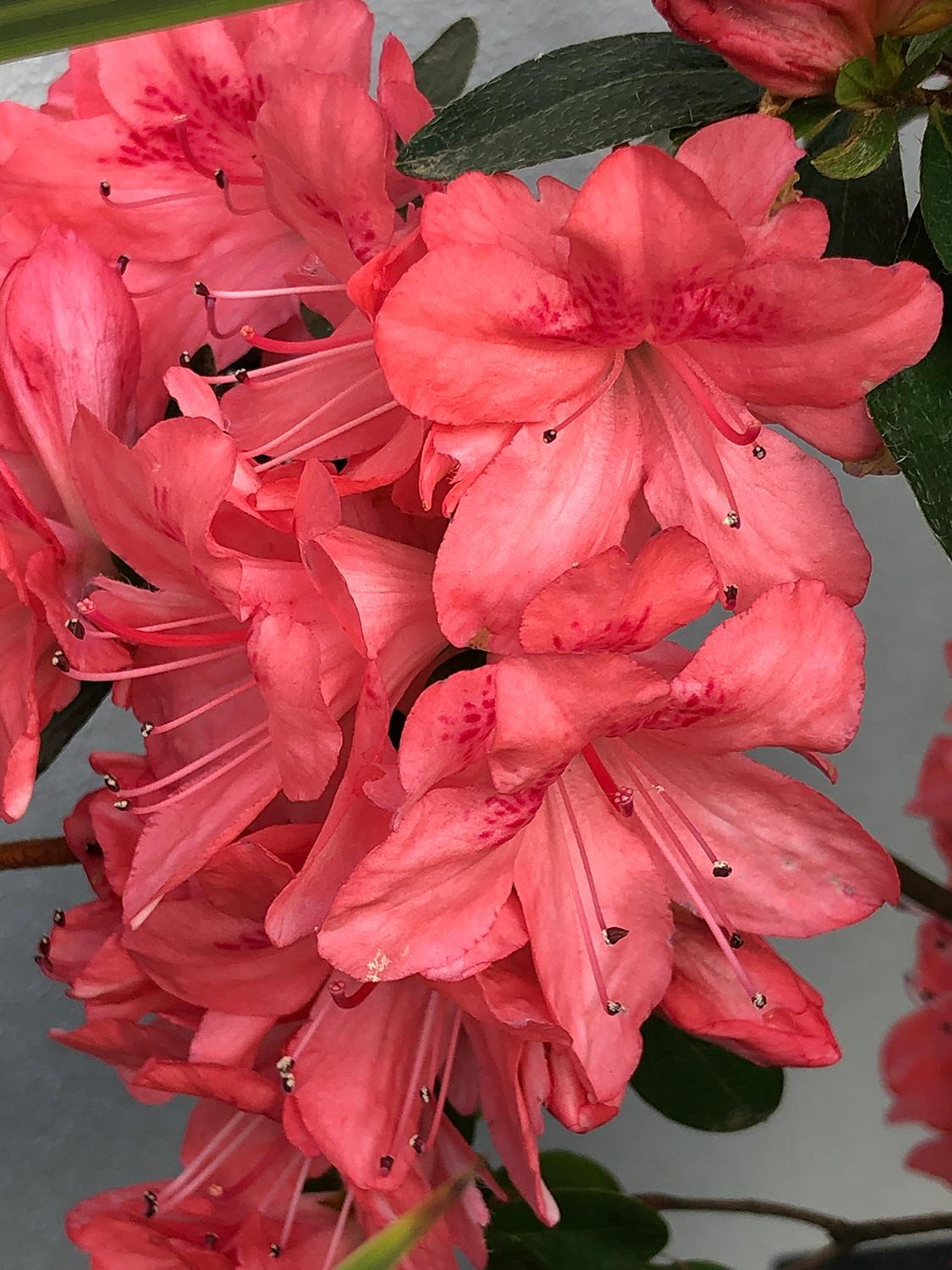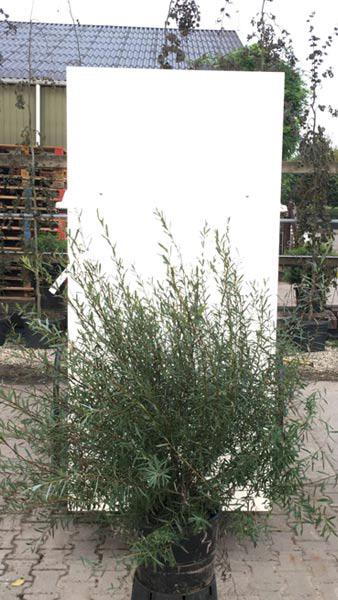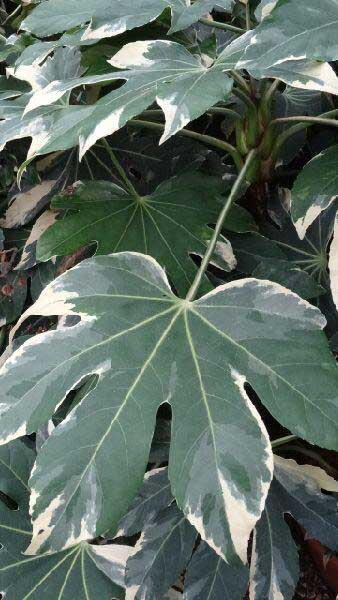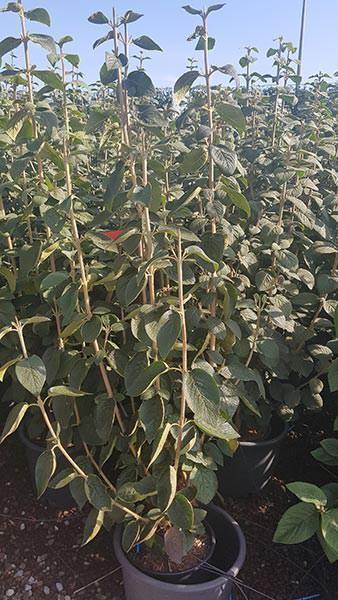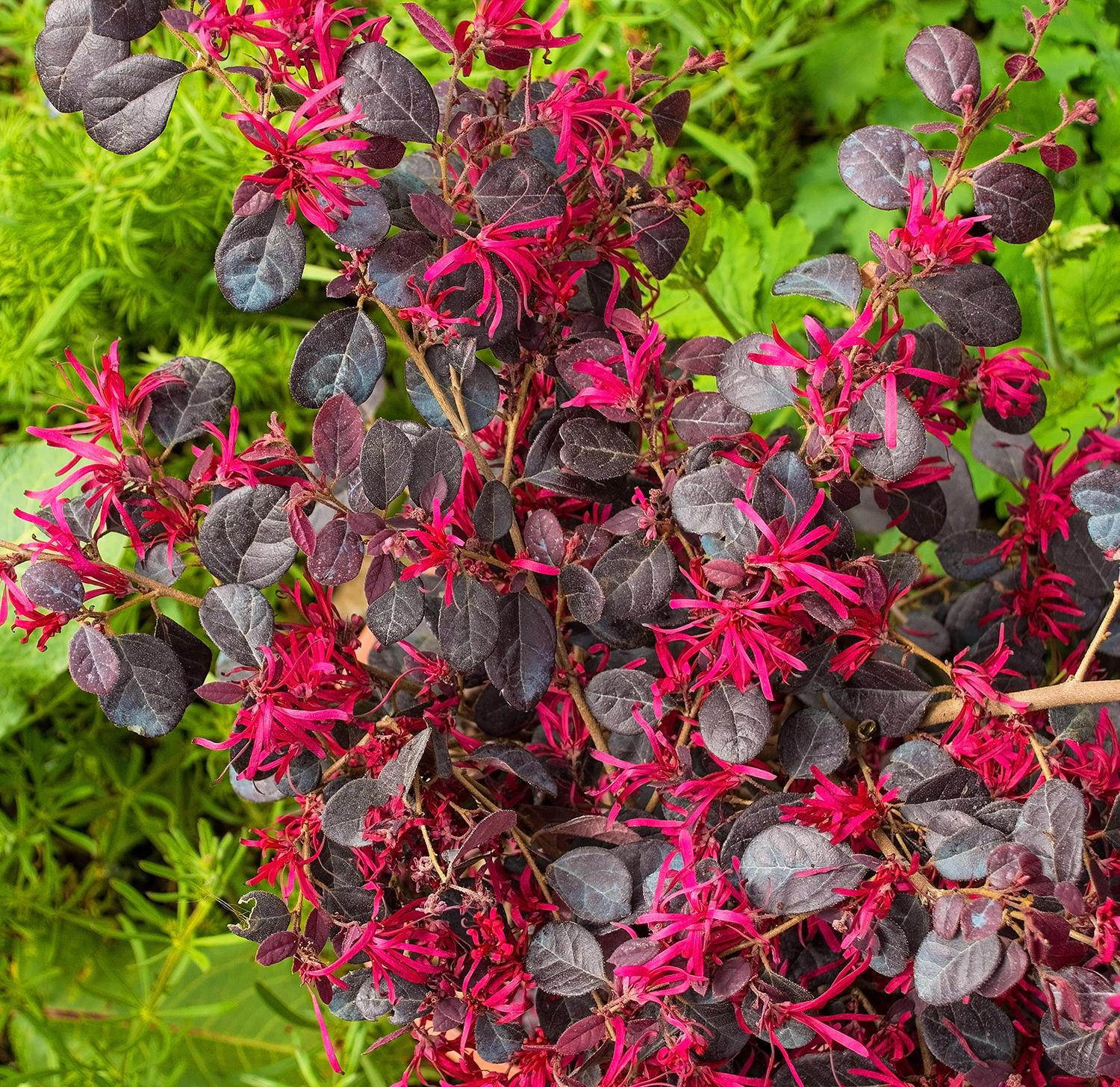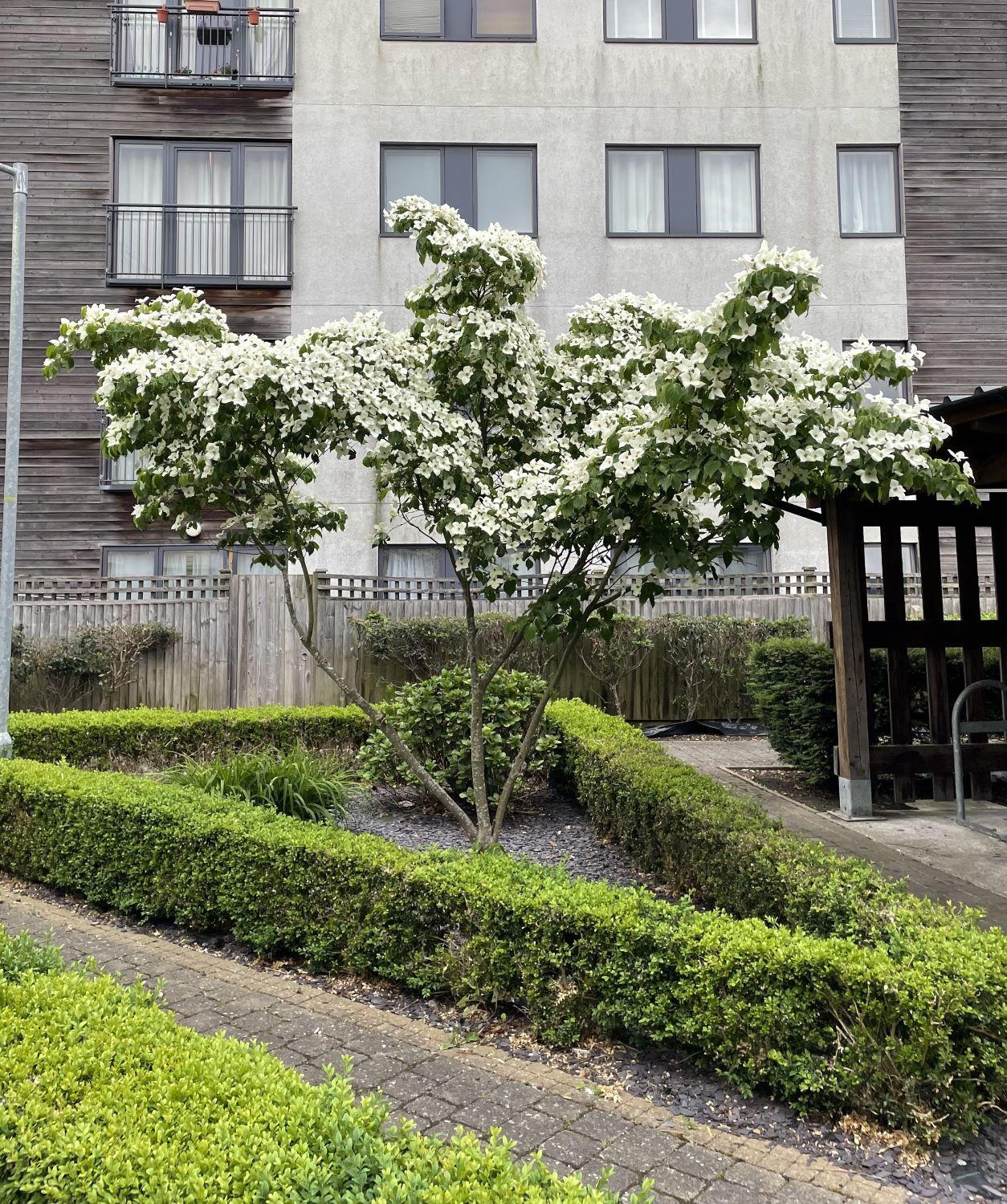Cornus Kousa Chinensis Chinese Dogwood for Sale Online UK
Cornus Kousa Chinensis, more commonly known as Chinese Dogwood, is a small, ornamental, flowering dogwood tree. Prized for its showy features, this eye-catching cultivar is ideally suited to be grown as a specimen plant or in mixed shrub borders. The glossy green, ovate leaves unfold in the spring, only to be engulfed in clusters of white blossoms during the summer. The actual flowers are insignificant and located in the centre of four pointed flower bracts. Each of the flowers can be up to 6 centimetres in size. The stunning white blossoms are followed by unusual pink fruit in the autumn. Small and round, the fruit is favoured by birds. Before they drop in the winter, leaves turn to magnificent shades of red and orange.Quite adaptable, Chinese Dogwood will thrive in any type of soil, as long as it is well drained. Although this cultivar tolerates partial shade, for best colours, grow it in full sun. Generally considered pest and disease free, this variety of flowering dogwood is easy to grow and care for. Native to Asia, Cornus Kousa Chinensis is fully hardy in the United Kingdom. This striking cultivar will survive even if the temperatures drop to 20 degrees below zero, without needing shelter from winds or frost.Long-lived and with a slow growth rate, Chinese Dogwood can grow to be 4 to 8 meters high and wide. However, to achieve its ultimate size, this ornamental cultivar needs at least 20 years. While the tree is still young, it grows in a shape of a vase, maturing to a more rounded form with years. Since it is not invasive as some dogwood varieties tend to be, maintaining control over its shape will not require hard work. Routine removal of dead or damaged shoots is all it takes for this cultivar to keep its beautiful form. A truly stunning cultivar, Cornus Kousa Chinensis will steal the spotlight wherever it is planted. Consider growing it as a specimen plant, or in shrub borders, where evergreen cultivars would accentuate its colourful features. You might be interested in other flowering dogwood varieties we offer, such as the pink Cornus Florida F Rubra, Cornus Florida Cherokee Chief or the Cornus Florida Sunset, popular for its unusual foliage. Make sure to take a look at more Chinese Dogwood varieties we have for sale, including Cornus Kousa Miss Satomi, Cornus Kousa China Girl, and Cornus Kousa Milky Way.
